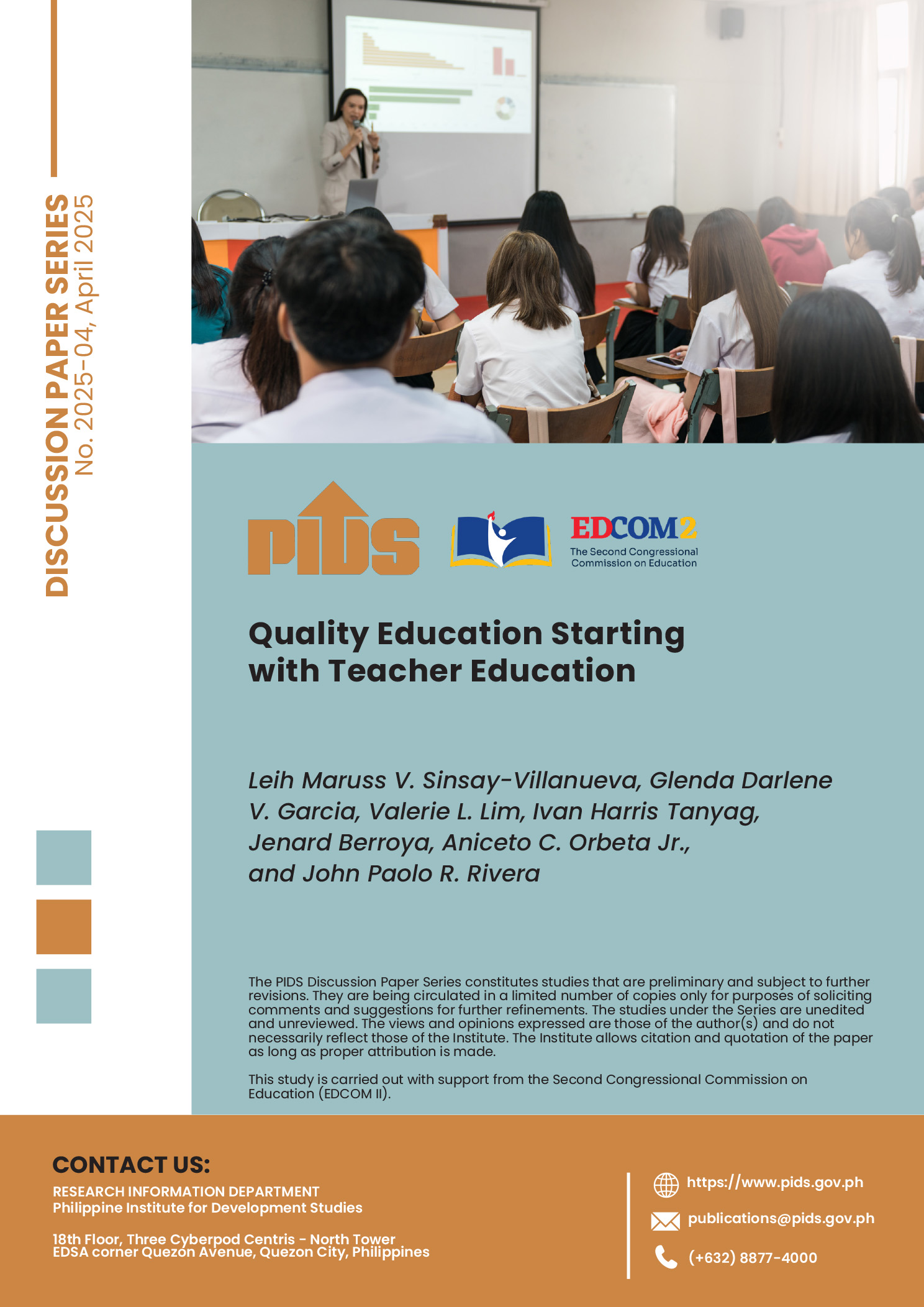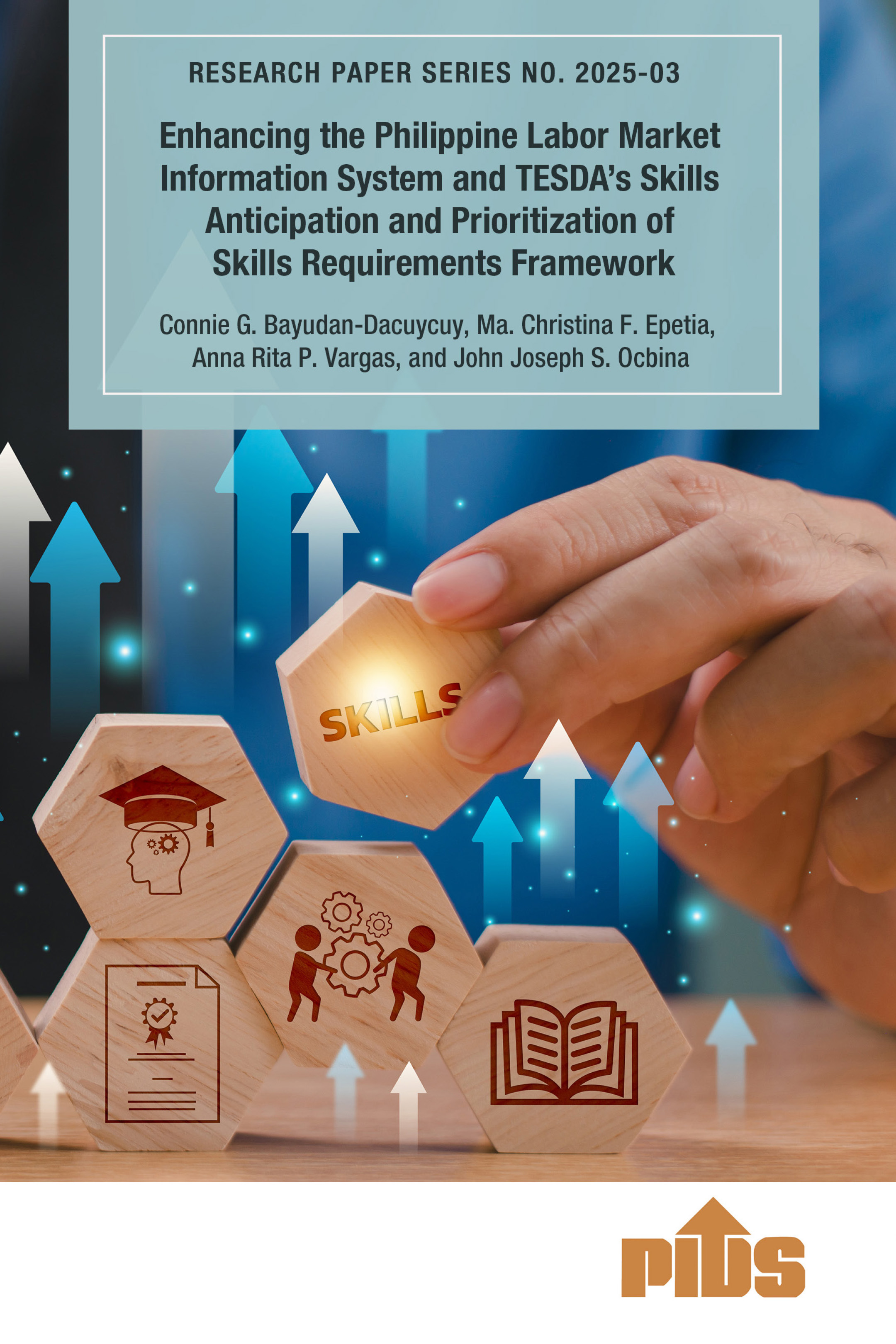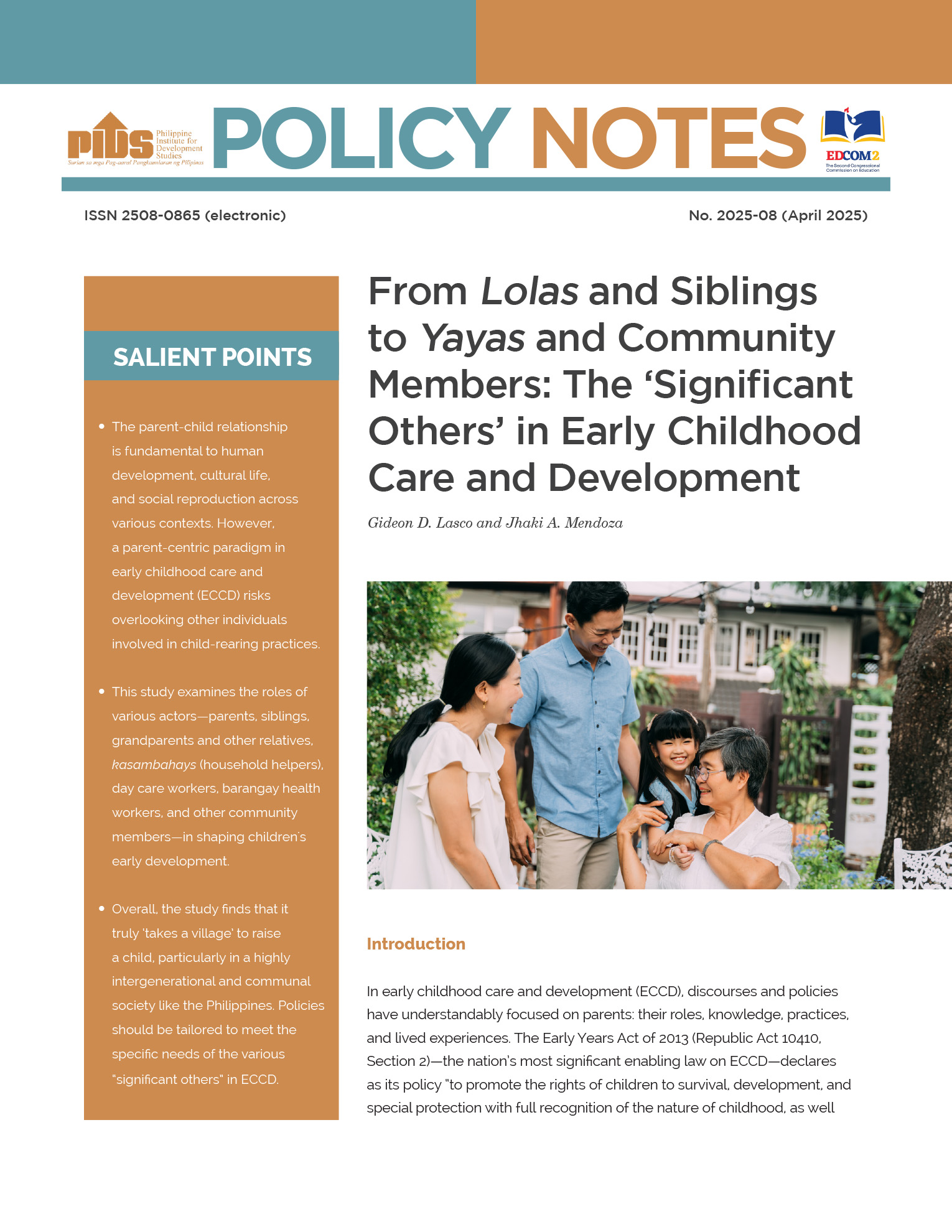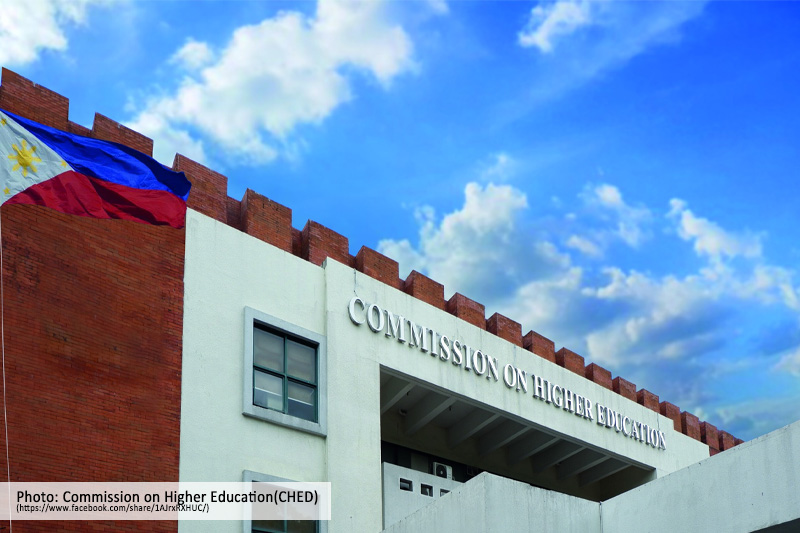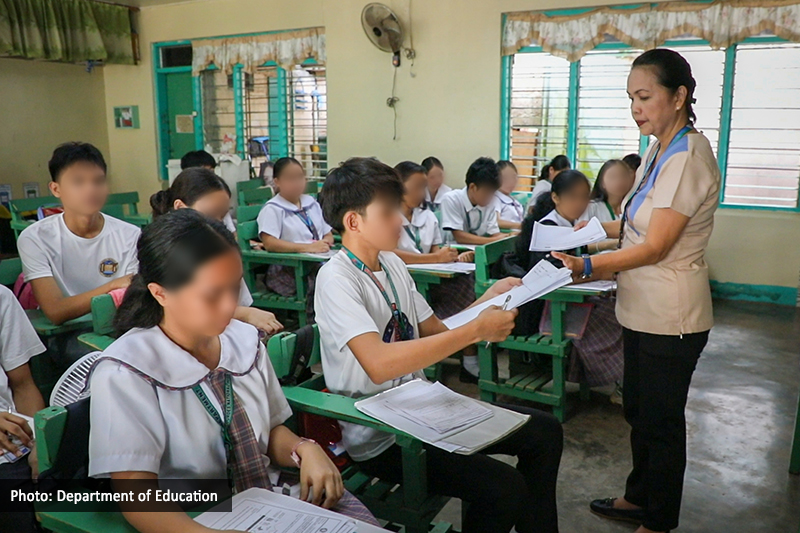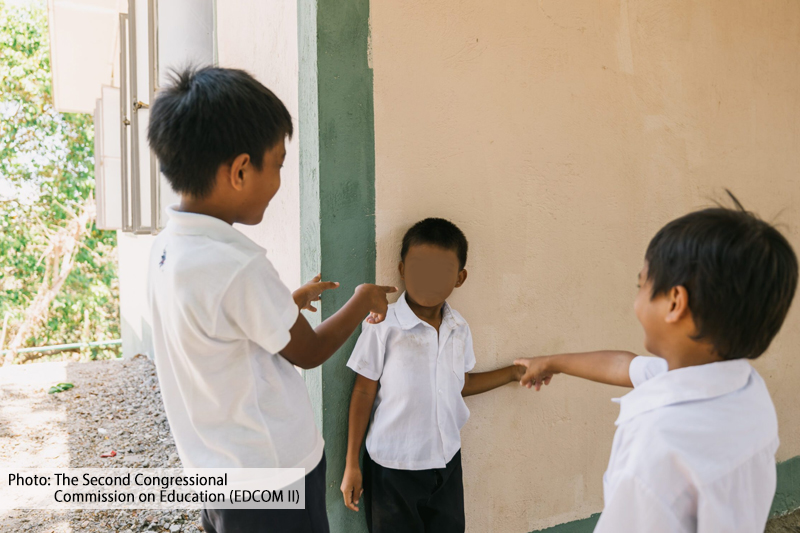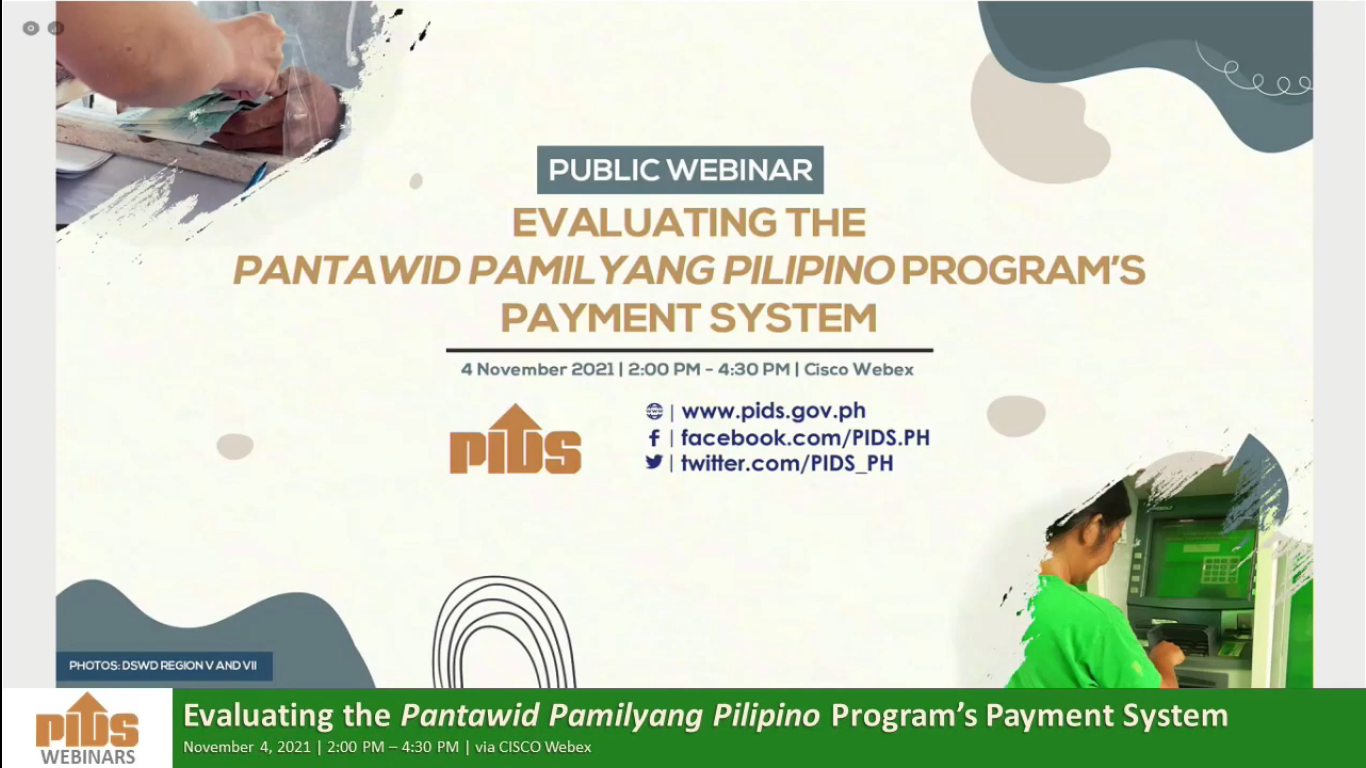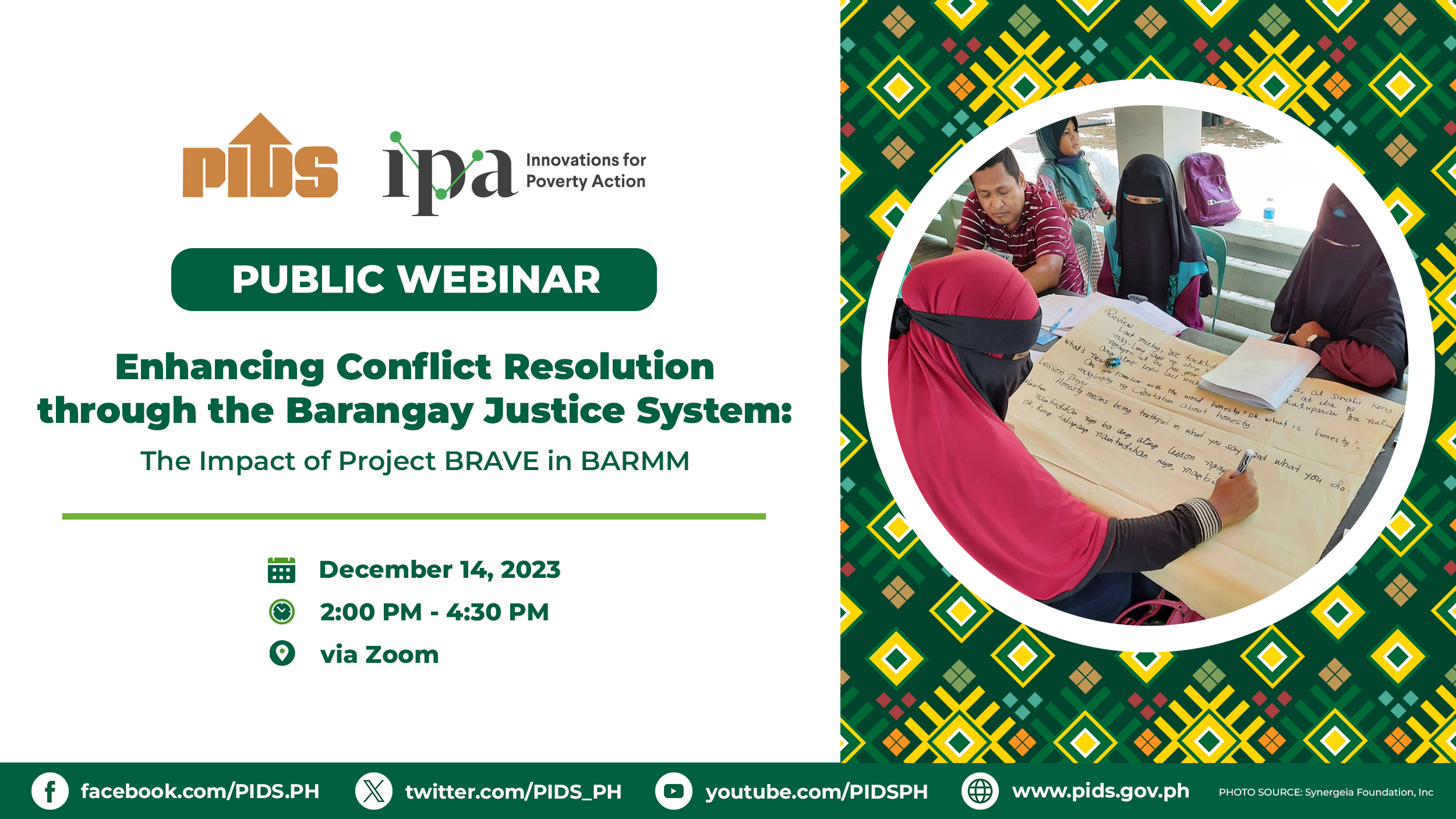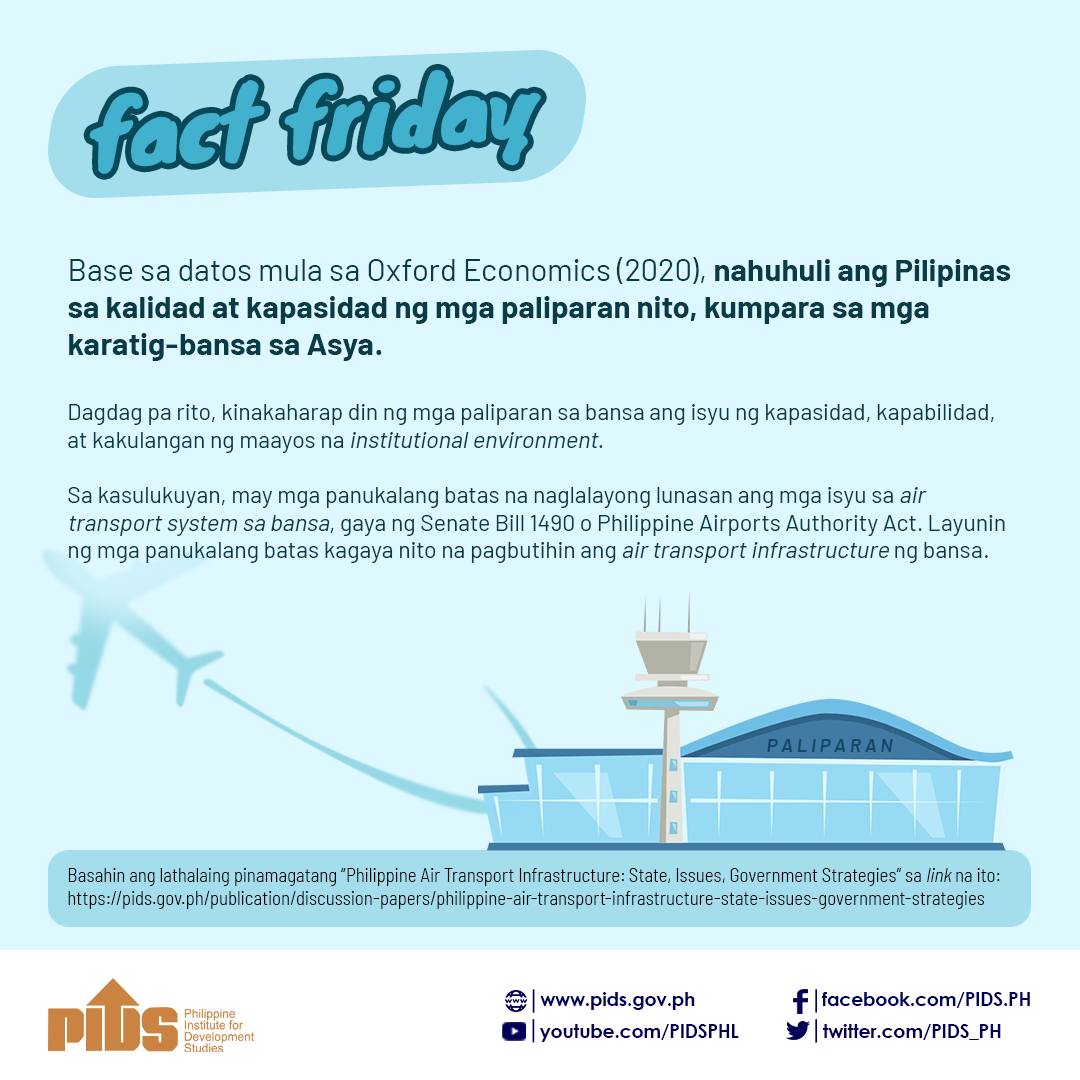SEN. Sherwin Gatchalian on Monday said the "growing dissatisfaction" with the K to 12 system has raised the need to review the program and institute necessary reforms.
Gatchalian sought a Senate inquiry on the status of the implementation of Republic Act 10533 or the "K to 12 Law."
The enhanced curriculum for K to 12 was initially implemented in school year 2012-2013. The senator cited the Pulse Asia survey conducted on June 24 to 27 — which he commissioned — which revealed that 44 percent of adult respondents are dissatisfied with the program.
He said this is 16 percentage points higher than the results of a survey done in September 2019, which showed that 28 percent of the respondents were dissatisfied with the K to 12 system.
The June survey also saw a drop of 11 percentage points in satisfaction rate with the K to 12 program compared to a similar survey done in September 2019, he said.
While 50 percent of the respondents in the September 2019 survey were satisfied with the program, only 39 percent of respondents in this year's survey said they are satisfied, he added.
"It is clear that our fellowmen are not contented with the K to 12 program," Gatchalian said in a statement. "It's because its objectives are not met and it became an added burden to our parents and our students."
He said the review of the K to 12 system is one of his priority measures for the 19th Congress. It was also part of his commitments to the Filipino voters during the 2022 Senate campaign.
Gatchalian also commissioned a Pulse Asia survey in December 2019 which showed that additional financial burden was the top reason for dissatisfaction (78 percent).
A 2020 discussion paper by the Philippine Institute for Development Studies, he said, showed that while the K to 12 program promised to boost employability among senior high school (SHS) graduates, over 20 percent of SHS graduates entered the labor force while 70 percent continued with their education.
The same discussion paper added that historically, the Filipino youth or those ages 15 to 24 have the lowest rates in terms of labor force participation in the Association of Southeast Asian Nations.
"For example, 70 percent of Vietnamese youth are in the labor force but only less than 60 percent of their counterparts in the Philippines are in the labor force," Gatchalian said.

